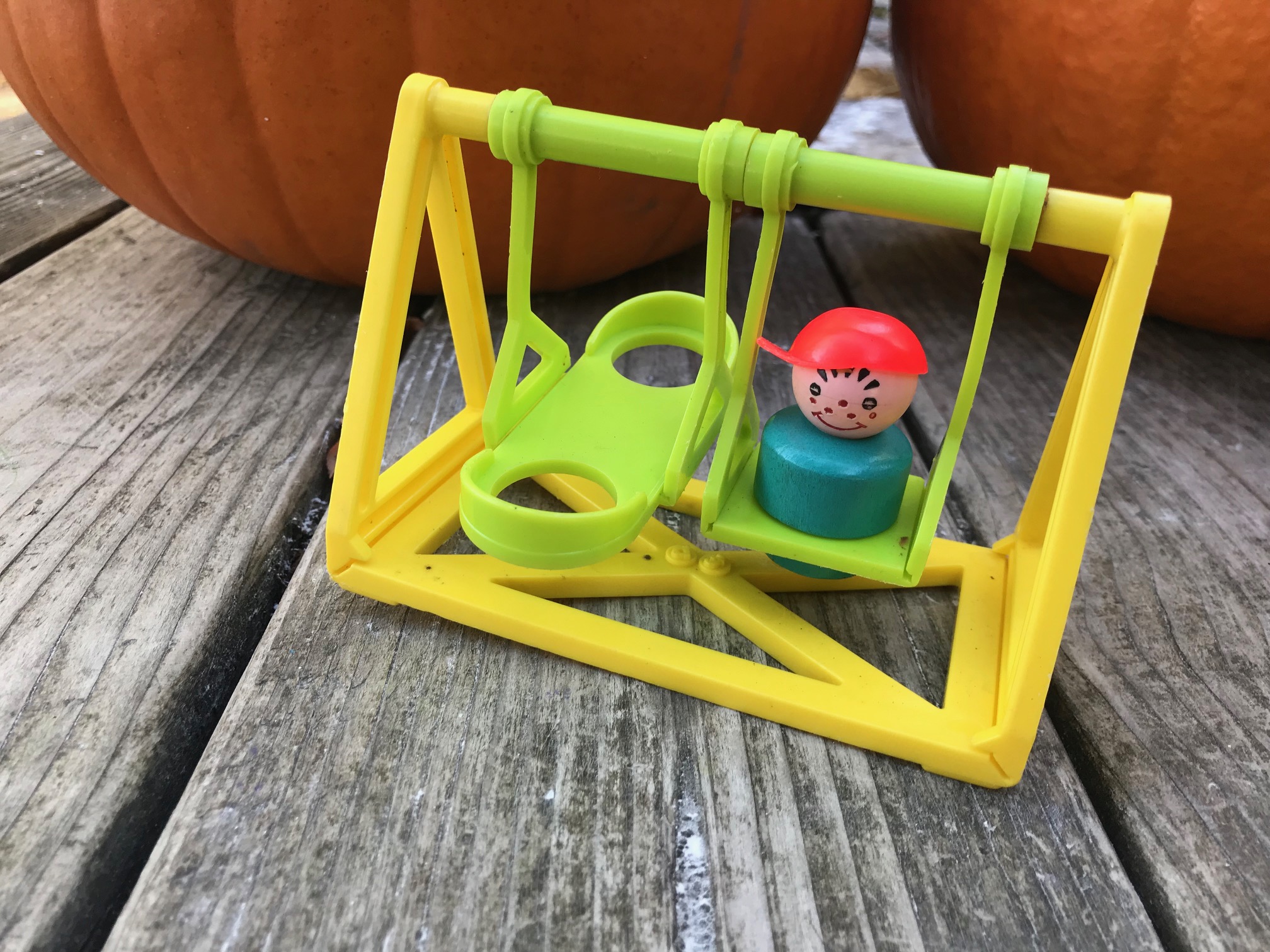Vintage Fisher Price Little People Yellow Train Car: 3,261 ppm Lead (90 is unsafe for kids) + 304 ppm Arsenic Too!

Yellow & Black Plastic.
Year of Manufacture Unknown (presumed c. 1970s).
To see more vintage Fisher Price items I have tested, click here.
The XRF test results for this exact item (pictured above) are as follows:
Yellow Plastic of Train Car:
- Lead (Pb): 3,261 +/- 50 ppm*
- Cadmium (Cd): Non-Detect/Negative
- Mercury (Hg): Non-Detect/Negative
- Arsenic (As): 304 +/- 31 ppm
- Chromium (Cr): 760 +/- 60 ppm
- Zinc (Zn): 10 +/- 6 ppm
- Iron (Fe): 24 +/- 16 ppm
- Titanium (Ti): 1,581+/- 220 ppm
Black Plastic of Train Car:
- Lead (Pb): 1,021 +/- 31 ppm
- Cadmium (Cd): Non-Detect/Negative
- Mercury (Hg): Non-Detect/Negative
- Arsenic (As): Non-Detect/Negative
- Copper (Cu): 20 +/- 12 ppm
- Iron (Fe): 37 +/- 20 ppm
*The amount of lead that is considered toxic in the substrate (base material) of a newly manufactured item made today and intended for use by young children is anything 100 ppm lead or higher.
- Vintage pieces were not regulated for total lead content as detectable with an XRF.
- 3,261 ppm is a LOT higher than 100 ppm!
- Advice: don’t let your children play with vintage toys, as there is really no way for you to know (at home) if these items are toxic or not.
- Note: a LeadCheck swab (or similar reactive agent swab test to test for lead) will not generally work on an item like this. That type of testing methodology was invented and designed primarily for detecting lead in painted surfaces (like house paint.) [What can I test with a LeadCheck swab? Click here.]
To learn more about XRF testing, click here.
As always, thank you for reading and for sharing my posts!
Please let me know if you have any questions.
Click the image below to see the XRF test results of another popular vintage Fisher Price toy! [Same color vintage plastic but COMPLETELY DIFFERENT test results!]
Never Miss an Important Article Again!
Join our Email List



